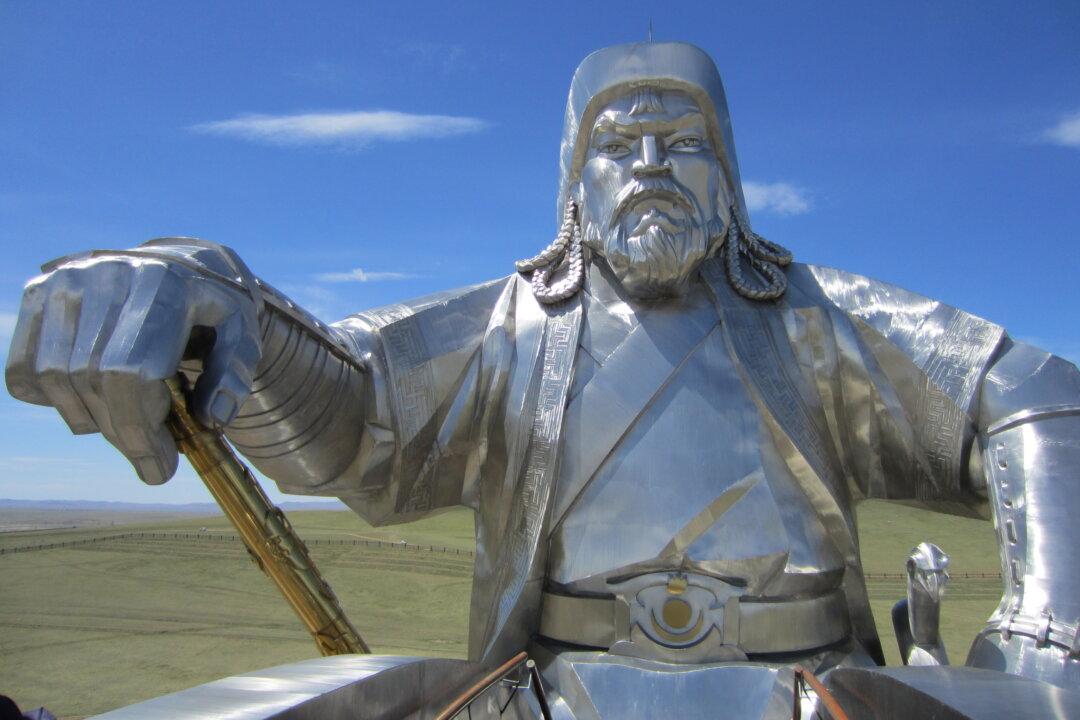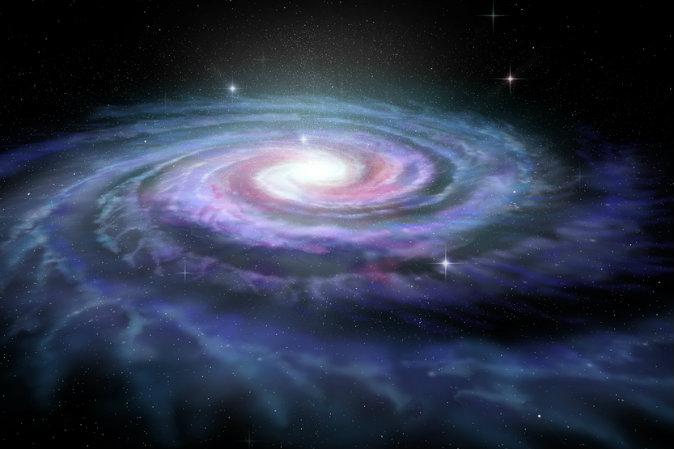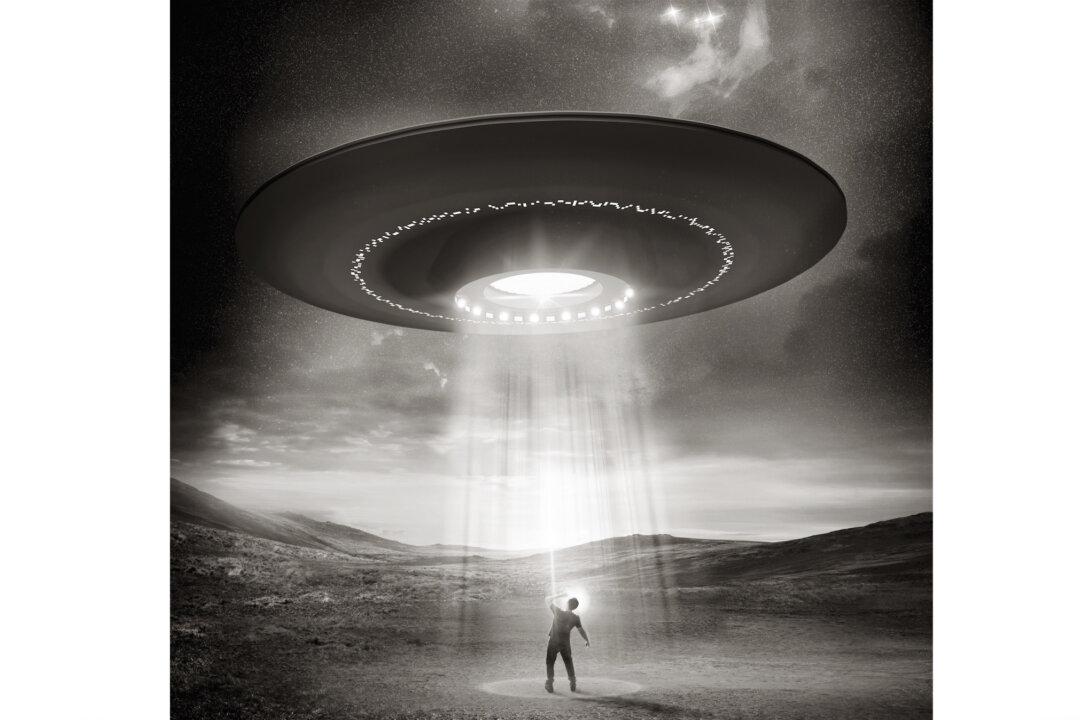At approximately 12:30 p.m. on Nov. 22, 1963, in front of the Texas School Book Depository in Dallas, President John F. Kennedy was assassinated. Fifty years after the assassination, several theories remain about the killer’s identity.
According to a November Gallup poll, 30 percent of Americans believe a lone gunman was responsible. However, 61 percent believe in a conspiracy theory, of which 13 percent believe that the Mafia was involved, while another 13 percent believe that the federal government was involved.
The most credible conspiracy theories, according to Flagpole Magazine, are those involving the Mafia, the CIA, anti-Castro Cubans, extreme right-wing groups, or individuals in collaboration with any combination of these groups.
In his book The Dark Side of Camelot, investigative journalist Seymour M. Hersh claimed that Kennedy’s father, Joseph P. Kennedy Sr., prompted family friend and entertainer Frank Sinatra to get organized crime boss Sam Giancana to secure the state of Illinois in the 1960 election, according to the Los Angeles Times.
Further details on this connection can be found in JFK and Sam: The Connection Between the Giancana and Kennedy Assassinations, by Giancana’s daughter Antoinette. In her book, Antoinette describes how her father ordered the hit on JFK due to brother Robert F. Kennedy’s increased anti-mob initiatives. Sam Giancana, in turn, was assassinated in 1975.
Surgeon Dr. Robert N. McClelland, who operated on Kennedy at Parkland Memorial Hospital the day of his assassination, believes more than one shooter was involved:
“I could actually look down within the skull cavity and see that the whole right back half of [Kennedy’s] right cerebral hemisphere was gone,” McClelland told Rod J. Rohrich, editor-in-chief of medical journal Plastic and Reconstructive Surgery, in a news release from the American Society of Plastic Surgeons.
“Not one shot caused all of these things,” McClelland added.
Some speculate that the person who had the most to gain from JFK’s death was former president and Vice President Lyndon B. Johnson. Most theories involving LBJ, according to CNN, are centered on a woman named Madeleine Brown. She claimed to have had an affair with Johnson, who informed her of the next day’s assassination.
To further antagonize skeptical Americans, Lee Harvey Oswald was assassinated just two days after he allegedly assassinated Kennedy. The assassin’s assassin was local businessman Jack Ruby, who had Mafia ties, according to journalist Seth Kantor’s 1978 book Who Was Jack Ruby?
When Oswald was asked if he killed the president, he said:
“No. I have not been charged with that. In fact nobody has said that to me yet. The first thing I heard about it was when the newspaper reporters in the hall asked me that question,” according to the Warren Commission Report.
The LBJ-ordered Warren Commission Report, released in September 1964, concluded that Oswald was the sole assassin. There is no evidence linking Ruby to the JFK assassination.
Warren Commission staffer Howard Willens stands by the commission’s findings, explained in his new book, History Will Prove Us Right.
However, Jim Garrison, district attorney in Louisiana, held that the CIA, which was at odds with Kennedy at the time, provided incomplete information to the Warren Commission. His office conducted a five-year investigation concluding CIA involvement in the assassination, on which Garrison has published three books.



